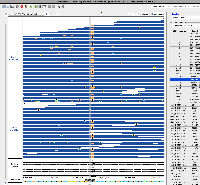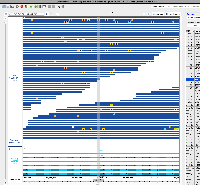Details
-
Type:
Task
-
Status: Closed (View Workflow)
-
Priority:
Major
-
Resolution: Done
-
Affects Version/s: None
-
Fix Version/s: None
-
Labels:None
-
Story Points:3
-
Sprint:Summer 2, Summer 6, Summer 7, Fall 3, Fall 4, Fall 6, Fall 7, Winter 1
Description
Situation: We have identified a publicly available Nebula Genomics CRAM file (link). Nowlan has downloaded the file and created an index, and was able to view the file in IGB. We would like to make this file available to IGB users as an example of a consumer genomics CRAM file.
Task: Upload and deploy the CRAM file (NB72462M.cram), CRAM index, VCF file, and VCF index and make them available through an IGB Quickload. Also deploy the IGBF-3841 via the annots.xml.
Note: Data are from Personal Genome Project
Link to metadata in PGP: https://my.pgp-hms.org/profile/huF7A4DE
Link to PGP search page: https://my.pgp-hms.org/public_genetic_data
Revision:
- Scope increase - include Nebula Genomics and Sequence.com data files for Donor 1
- Scope increase - explore data in region of BRCA1 as preliminary use case, beginning tutorial



I've confirmed that I can visualize this CRAM data in IGB 10.1.0 (although the VCF file doesn't seem to be loading). Although it's unclear if Nebula Genomics was the genome re-sequencing company that produced this data, I think we should move forward with deploying it and making it available as an IGB Quickload ahead of the ASHG conference this Fall.
Passing this ticket to Nowlan Freese for next steps.